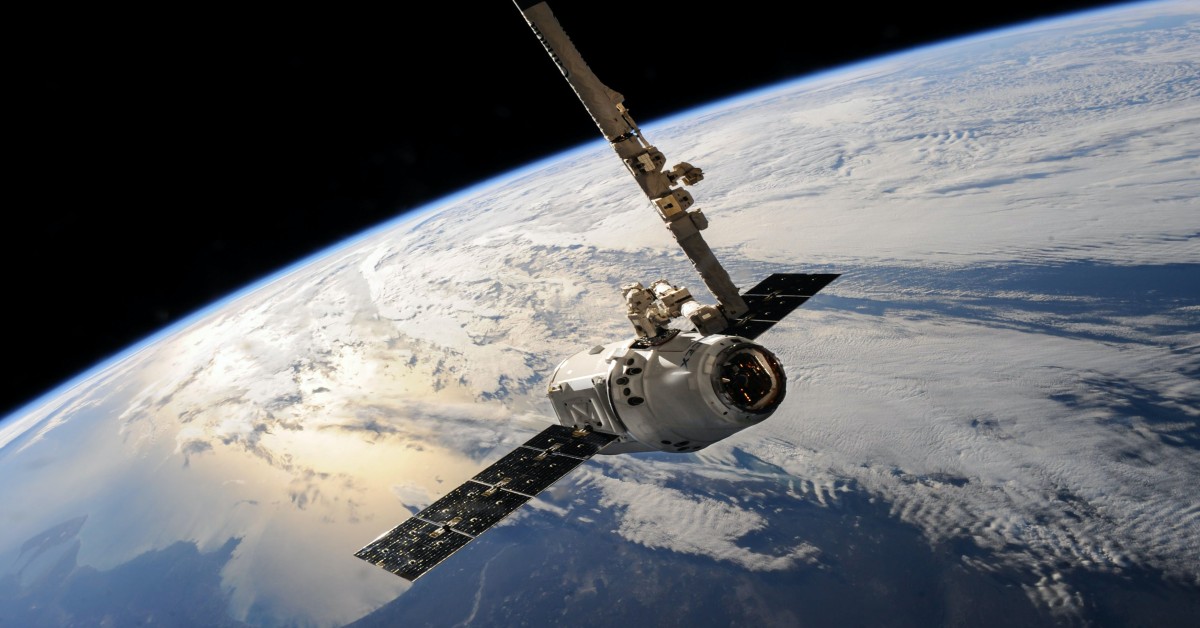![]()
An Overview of Mobile Satellite Services
The phrase “mobile satellite services” (MSS) refers to wireless voice and data communication services made available to portable or mobile terminals using satellite services. Numerous technological innovations in the telecommunications sector, like 5G and the internet of things (lot), benefit end customers in various ways and open new revenue streams. Military & Defense, Aviation, Oil & Gas, Media & Entertainment, Transportation & Automotive, Government, Mining, and Others are some of its key applications.
A Glance at How MSS Works
Small, portable cell phone transceivers that can broadcast and receive all neighboring cell phone calls are used in Mobile Satellite Service. Most MSS systems function like any mobile phone tower and simply forward calls to the closest tower, unlike many MSS systems that demand the usage of cell phones that are specifically made to be compatible with that MSS unit. By producing incredibly high frequencies that can be transmitted over great distances and thus be used to place and receive calls from anywhere in the world, MSS units do this.
5 Main Types
The following five categories apply to mobile satellite services:
- Broadcast Mobile Satellite Service– A one-way radio communication system known as a broadcast satellite system service transmits signals from earth stations and retransmits them from space stations. The frequency at which the current broadcast mobile satellite service runs is 12 GHz. The broadcast satellite service system uses three different broadcasting formats to deliver data: Data broadcasting, audio transmission, and video broadcasting. This service has very tiny terminals that send signals from tiny antennas. Applications for this service include those for ships, airplanes, and TV broadcasting systems.
- Personal Mobile Satellite Service– The satellite offers this communication service to support fixed, mobile, and broadband communication systems. Both geostationary and non-geostationary satellites are possible. Two earth stations—the base earth station and the personal earth station—make up this service. Additionally, a PLB terminal is included, which is used in this service to coordinate the mobile system. This kind of service makes it possible to connect two satellites operated by the same satellite provider, a base earth station and a personal earth station, a personal earth station, or an earth base station and two satellites. It is a portable device that can be mounted on a ship or carried by a person. It offers subscribers two communication channels via gateways, satellites, or personal earth stations.
- Aeronautical Mobile Satellite Service– Aeronautical mobile satellite service is a type of mobile satellite service where earth stations are situated inside aircraft, survival aircraft, airplanes, and helicopters (AES). Additionally, this service is used for traffic control and private and professional communication. The earth stations used in this service include mobile earth stations, airplane earth stations, and terrestrial earth stations. The communication between the ground earth station and the aircraft earth station is made possible by a specific emergency locating terminal that is either fixed or portable onboard and acts as an earth station. The AES is a stationary aeronautical earth station that establishes a connection with the subscribers on the ground using GES and spacecraft. Since it offers safety through radio communication to manage flight locations, the motions of light, and aircraft placements on land, this is primarily employed in aircraft applications.
- Land Mobile Satellite Service– A mobile earth station for the Land mobile satellite service is found on many trains and other modes of transportation. A personal location beacon terminal serves as the earth station for this service and has uses in various settings, including remote and rural locations and military applications. A mobile link between the communication earth system and the earth system of the vehicle, two or more vehicle earth stations, or two MSC stations is made possible by LMSS. The communication earth station provides a feeder link for LMSS, which is employed as an earth station and placed in a fixed location on the shore. To create a communication link between the terrestrial subscribers through VES and communication satellite, the VES is a land mobile earth station mounted on the board or rail line. The LMSS system is alerted by the land vehicle or person for distrain/safety.
- Maritime Mobile Satellite Service– This service comprises many earth stations, including communication earth stations, ship earth stations, and mobile earth stations (CES). This service is mostly utilized by naval vessels and shipyards. The mobile earth station, situated on ships, offers commercial and safety communication in this service. With the MMSS service, mobile satellite links are possible between communication earth stations and ship earth stations, or between two connected ships and other satellite communication stations, at any port or sea position. The communication earth station is a maritime earth station positioned at a certain permanent point on the coast to offer a feeder link for MMSS. In contrast, a maritime terminal is a portable or fixed onboard ship. The ship earth station is a type of maritime earth station that is permanently affixed to ships or other floating objects and maintains communication links with subscribers on land using a communication earth station and a communication spacecraft.
Bottom Line
As they may be utilized everywhere in the world and can sustain constant mobile phone service for several cell phones in the region, MSS are in high demand. In addition to being reasonably priced, MSS does not need to be licensed.
Browse Complete Report@



